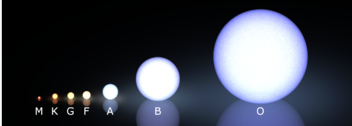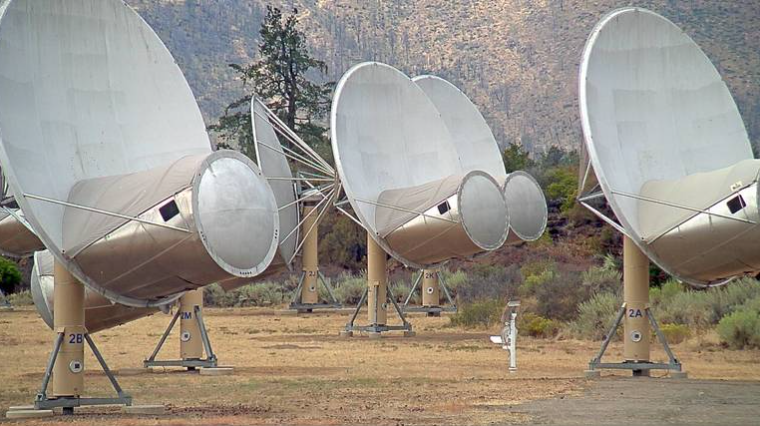
Morgan-Keenan spectral classification of stars. Most common star type in the universe are M-dwarfs, 76 percent. The sun is a 4.6 billion year-old G-class (G2V) star and is more massive than 95 percent of all stars. Only 7.6 percent are G-class stars
A spike in radio signals coming from the direction of a sun-like star has excited astronomers. The signals seem to be originating from a sun-like star known as HD 164595 in the constellation Hercules, around 95 light years away.
Scientists suggest they are likely to be the result of a natural phenomenon, such as 'microlensing', in which the star's gravity strengthens and focus signals from elsewhere.
But astronomers have also asked SETI (Search for Extraterrestrial Intelligence) to take a closer look at whether they could be a message from ET.
SETI will track HD 164595 tonight using the Allen Telescope Array in northern California and the Boquete Optical SETI Observatory in Panama.
According to a report by Paul Gilster at Centauri Dreams, the signal was first detected on May 15 last year by the RATAN-600 radio telescope in Zelenchukskaya.
HD 164595 is interesting to scientists because it's a sun-like star with at least one 'warm Neptune' planet in orbit. Its average temperature is 12 Kelvin hotter than the sun and is around 100 million years younger than our star.

SETI Signal Searching The Allen Telescope Array, Hat Creek Radio Observatory Hat Creek Radio Observatory is a cutting-edge radio astronomy, satellite tracking, and research services facility in a remote valley approximately 300 miles northeast of San Francisco, California. Surrounding mountains block interferences such as television and radio signals and cellular phone transmissions.
Scientists say there may still be other planets undetected around HD 164595.
'No one is claiming that this is the work of an extraterrestrial civilisation, but it is certainly worth further study,' writes Gilster. 'Working out the strength of the signal, the researchers say that if it came from an isotropic beacon, it would be of a power possible only for a Kardashev Type II civilisation.'
'If it were a narrow beam signal focused on our solar system, it would be of a power available to a Kardashev Type I civilisation.'
The Kardashev scale is a way of measuring an alien society's technological advancement based upon how much energy it has at its disposal. A Type I civilisation is given to species who have been able to harness all the energy that is available from a nearby star, gathering and storing it to meet its population's demands.
A Type II civilisation is much more advanced and can harness the power of their entire star.
Type III is a species that has been able to master everything having to do with energy. Earth doesn't feature on the scale.
'This is a bit of a puzzling story, as the Russians found this signal a year ago or so, but just didn't let others know,' Seth Shostak, senior astronomer at the SETI Institute told GeekWire. 'That's not good policy, as what you really want is confirmation at another telescope, but… Is it real?
'The signal may be real, but I suspect it's not ET. There are other possibilities for a wide-band signal such as this, and they're caused by natural sources (or even terrestrial interference).'
The researchers who discovered the signals at the Russian Academy of Sciences' Special Astrophysical Observatory say 'permanent monitoring' of HD 164595 is needed.
The signal will be discussed at next month's International Astronautical Congress being held in Mexico.

